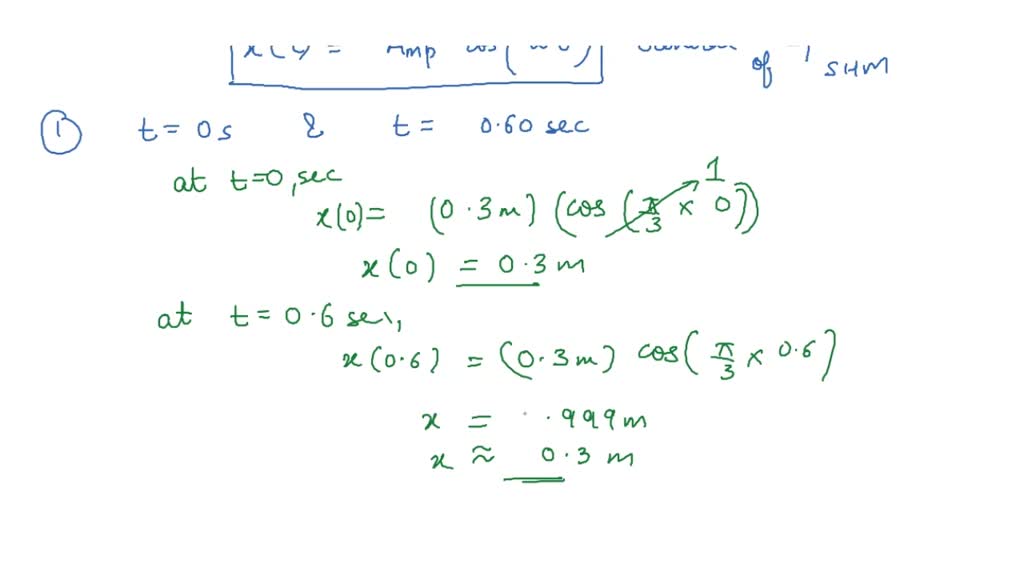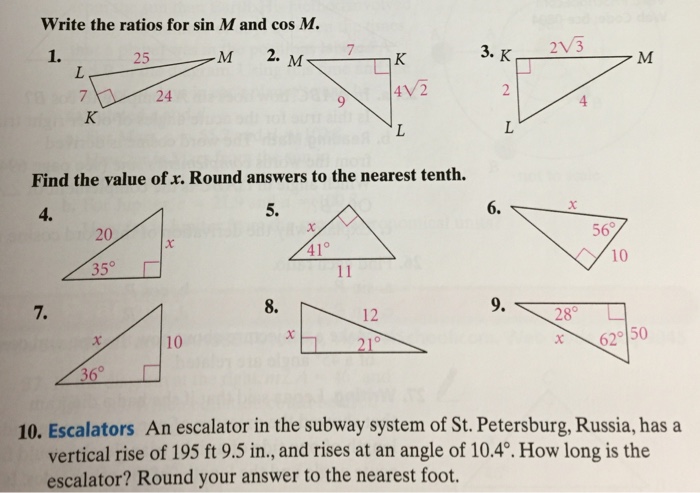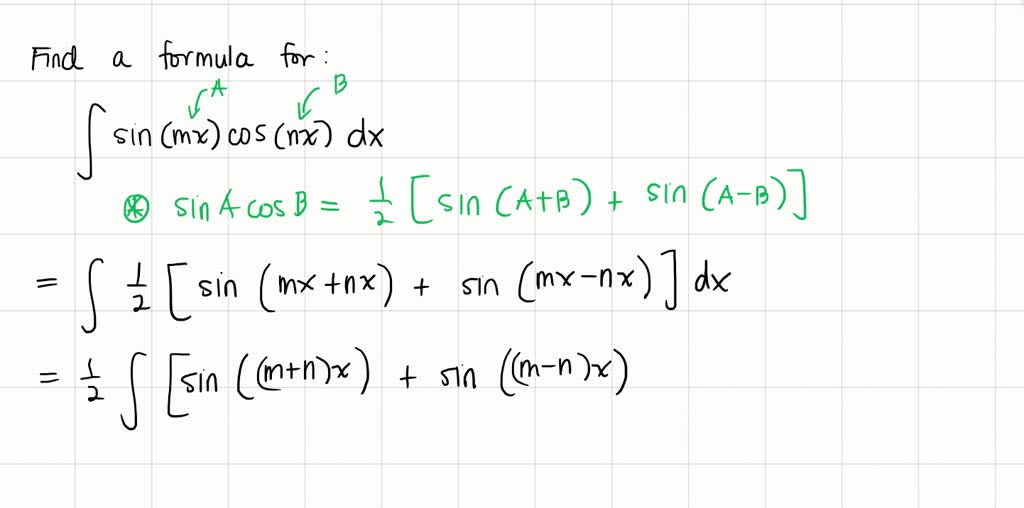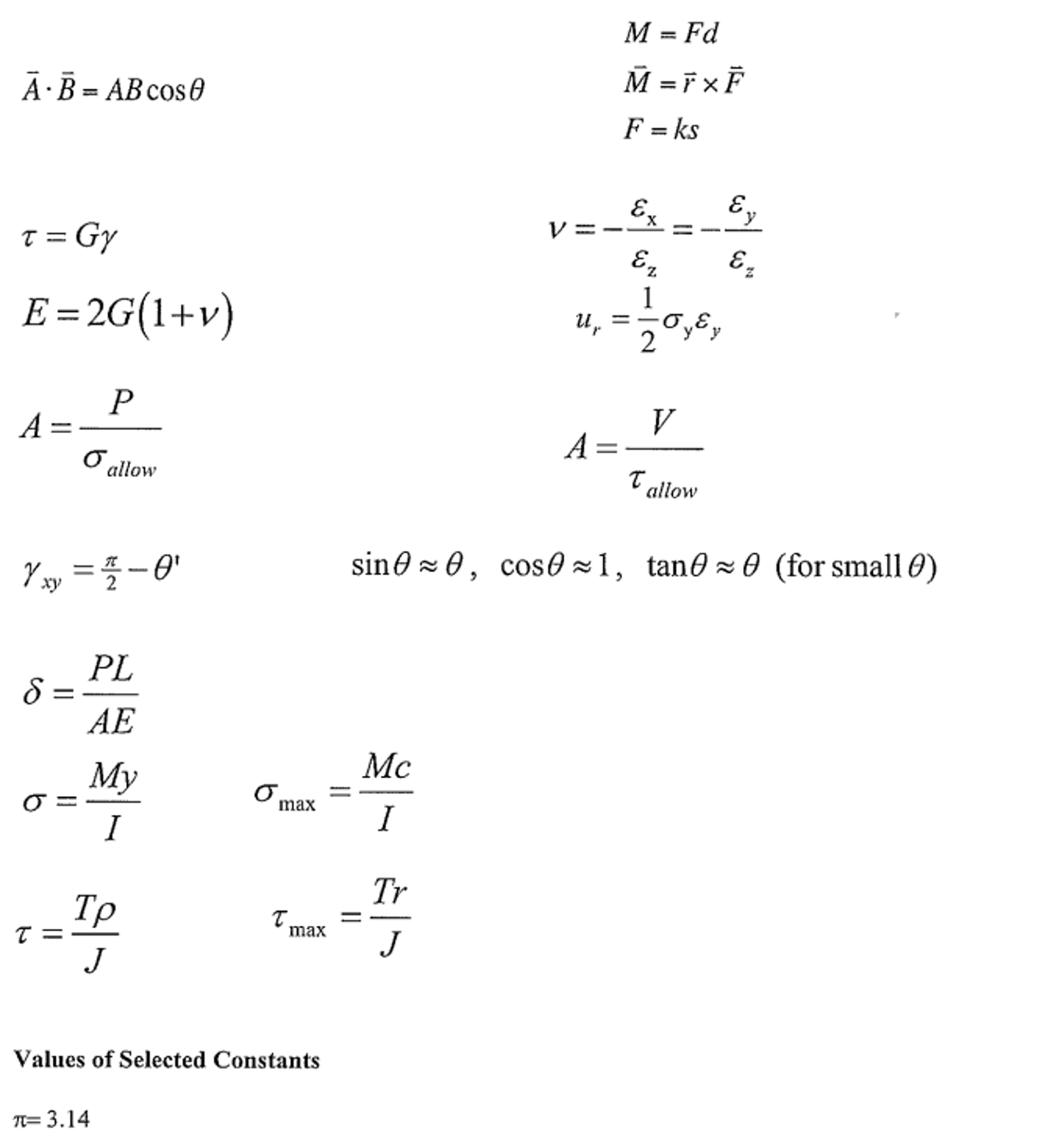
write the ratios sin m, cos m, and tan m. give the exact value and four decimal approximation. Please - Brainly.com

If m sintheta + n costheta = p and m costheta - n sintheta = q , then m ^ 2 + n ^ 2 = p ^ 2 + q ^ 2 . that is ?
body oscillates with SHM according to theequation x (5.0 m) cos (2Tt rad s 1)t + /4At t1.5 s, its acceleration is(1) 139.56 m/s (2) 139.56 m/s?(3) 69.78 m/s?(4) 69.78 m/s2

If cot theta =m/n, show that m cos theta-n cos theta/ m cos theta + b ain theta = m - Maths - Introduction to Trigonometry - 12670763 | Meritnation.com

If m=cos theta-sin theta and n=costheta+sin theta then show that sqrt(m /n)+sqrt(n/m)=2/sqrt(1-tan^2 theta)

SOLVED: A ball of mass m oscillates on a spring with spring constant k = 200 N/m. The ball's position is x = 0.350m cos(15.0/st + 0.13) a) What is the amplitude

If n sin theta = m cos theta Then prove that {(m sin theta - n cos theta) / (m sin theta +n cos - Brainly.in
If m = (cosθ - sinθ) and n = (cosθ + sinθ) then show that √m/n + √n/m = 2/√1-tan^2 θ - Sarthaks eConnect | Largest Online Education Community
If m = (cosθ - sinθ) and n = (cosθ + sinθ) then show that √m/n + √n/m = 2/√1-tan^2 θ - Sarthaks eConnect | Largest Online Education Community












